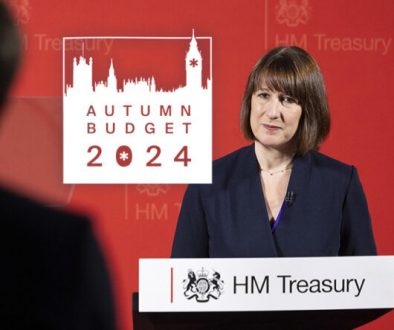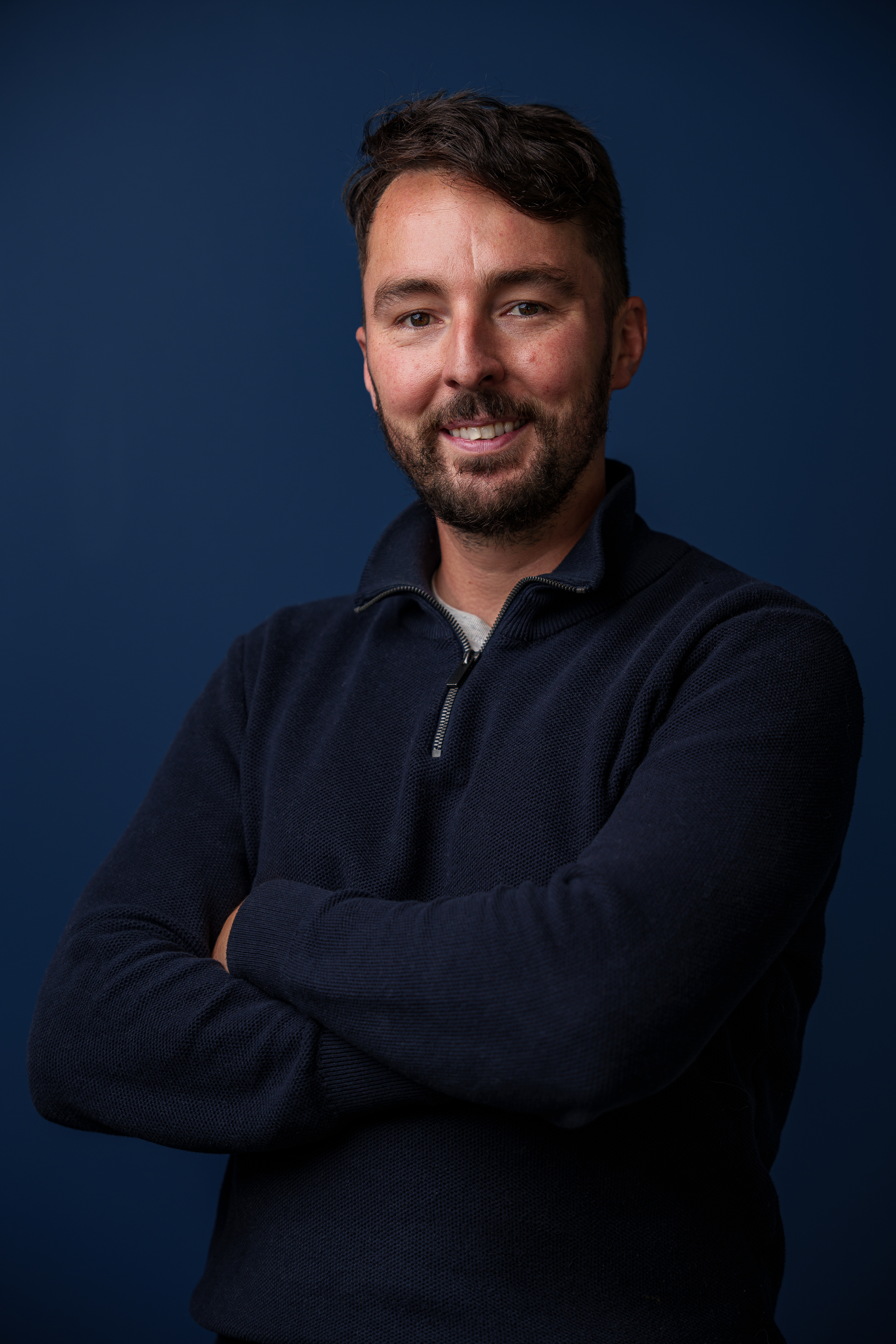The first of our Summer Series blog posts comes from Jonathan Shaw of AG Built Environment Consultancy.
Jonathan is somebody that I have know for over 15 years and not only is he a successful building surveyor and aspiring business co-founder, but he is also a really top man. He also hosts a podcast themed on the Built Environment and he does work with the RICS.

So, here we go with the first of the series..
1. When was AG, formerly Anderton Gables, set up and how long have you been a chartered surveyor?
Fellow Chartered Building Surveyor, Andrew Whittle and I set up AG in 2007 – just as the financial crash was happening.
I became a Chartered Surveyor in 1999 – I had worked for my dad’s building firm then decided to go to university and became super motivated to have the ability to write letters with ARICS after my name (it was changed to MRICS a few years later).
2. Why did you decide to set up AG, and what are the firm’s core principles?
I worked in a core Building Surveying practice then moved on to multi-disciplined practices with broader services including Ratings Teams, Valuation Teams, Agency Teams and Management Teams – and I saw how a practice of Building Surveyors could really support these other strands of surveying – if you were also good at building relationships and could provide a great service to them and their clients.
Core principles flow from this – do a great job, communicate well and build great relationships. A mantra we use is ‘if you do the job well, you don’t need to sell’.
We’re currently navigating through a period of evolution with our brand – both internally and externally and have embarked on a journey, including all our team members, so everyone has had a say in shaping the future of the business. It’s been really interesting and enlightening so far – the external world should start to see changes as we move into the autumn!
3. How has the market changed over the past 12 months for AG, and are the new case numbers up or down to last year?
We saw a dip pretty much across all services and sectors from around the time it was announced a change of government was likely, and the election was called – understandably clients were holding off on investment decisions. The last 12 months has also seen a significant slowdown in construction projects due to inflation and interest rates. However, there is much optimism with the new government’s planning reforms and confidence in the economy.
4. What main sectors are you active in?
Typically for a Building Consultancy we touch on most sectors as they all have built assets and similar challenges – we do a lot of Industrial and Residential – the residential being ‘commercial scale residential’ i.e. larger scale refurbishments and developments for commercial clients.
5. As a building and project consultancy you will be involved in many aspects of a journey’s life. What is the most special building or project that you have been involved in?
I think as a Building Surveyor it is always going to be about existing buildings and breathing new life into them. I would say the most satisfying project I’ve been involved with was some urban regeneration I did as a young surveyor – refurbishing a row of 20 occupied properties with grant funding. I also enjoyed working on Manchester Airport Control Tower.
6. Dilapidations is an important topic for landlords and tenants. I see more commercial agents undertaking dilapidations in a field where they may not be overly qualified. What are your thoughts on this?
I think its like an amateur boxer risking facing a world champion! Many Building Surveyors see Dilapidations as the pinnacle of our expertise – combining technical knowledge, legal knowledge, attention to detail and cost knowledge alongside the soft skills of negotiation and managing expectations – all rolled up and then a strategy applied to that individual scenario. It takes years of training, experience and keeping up to date with case law.
The devil really is in the detail with dilapidations – the use of a single word in a covenant can make a big difference if you know its implications.
We often see poorly represented landlords or tenants playing a drawn out game with unrealistic claims and matching responses leading to settling at a figure in between the two nonsense approaches – with little reflection of the actual loss suffered! Tenants happily paying a Landlord half a million just because he asked for a million – that blows my mind!
And potentially worse – heading into litigation with a poor thread of how you got there.
7. Why are pre-acquisition surveys helpful for a buyer, given that they may already be familiar with the asset type they are buying?
Every building is different and should be treated that way.
In my opinion, pre-acquisition surveys are money well spent on so many levels. It can uncover detail that the solicitor drafting the lease wouldn’t necessarily have access to.
For example:
- Has the building got inherit defects from when it was constructed (for example RAAC concrete)?
- Has it suffered damage or been altered without considering the implications?
- Are components at the end of their life expectancy?
- Can you repair now or if left will lead to costly replacement?
- If a tenant is in occupation – what does the lease say?
- Who is responsible for that aged roof?
Good advice makes/saves you more than the cost of that advice – that’s why we exist – to reduce risk and provide protection.
8. How important is ESG and what services can AG provide in this area?
Complying with energy performance regulations cannot, and should not, be avoided. The regulations affect rent levels, capital value and the cost of occupation – so it’s no small matter.
We advise building owners, occupiers and developers on existing energy performance ratings and provide projections on how to hit the desired ratings. The last thing you need is to spend on building improvements to find the rating is still below where it is required!
Renewable energy is a big part of the puzzle, particularly roof mounted solar, and we can guide you through the process from assessing the roof, procurement, project management, and health and safety advice.
Light stuff:
- Where have you holidayed this year? Four days in a nice hotel in Tenerife with my eldest son – a quick and easy recharge. I’m off hiking in Norway in September for a few days too!
- What one thing (only) would you take with you to a desert island? I am bundling this into two things – a notebook with an attached pen. The brain is for having ideas not holding on to them – I need to write things down promptly – without a notebook, the back of my hand is doodled with ink.
- Desert island discs – which one album would you take? ‘Mosely Shoals’ by Ocean Colour Scene. So full of energy. Close decision over ‘Appetite for Destruction’ by Guns and Roses.
- Are you a book reader, podcast listener or both? Yes – I am typically reading one or two books but listen to podcasts at the gym, on the train or walking the dogs. I also host a podcast all about the built environment, so always looking for ways we can improve!
- Where is your favourite location that you have visited for holiday, and why? I love Italy – the food, the style, the mountains and in the wine regions – the amazing expanse of beautiful colours across the vineyards – soil, vine, grapes and sky.
Hopefully you enjoyed the first brief blog post and if you want to get involved just drop us a line.
To make contact with Jonathan Shaw and his team at AG, his email is as follows: [email protected].




